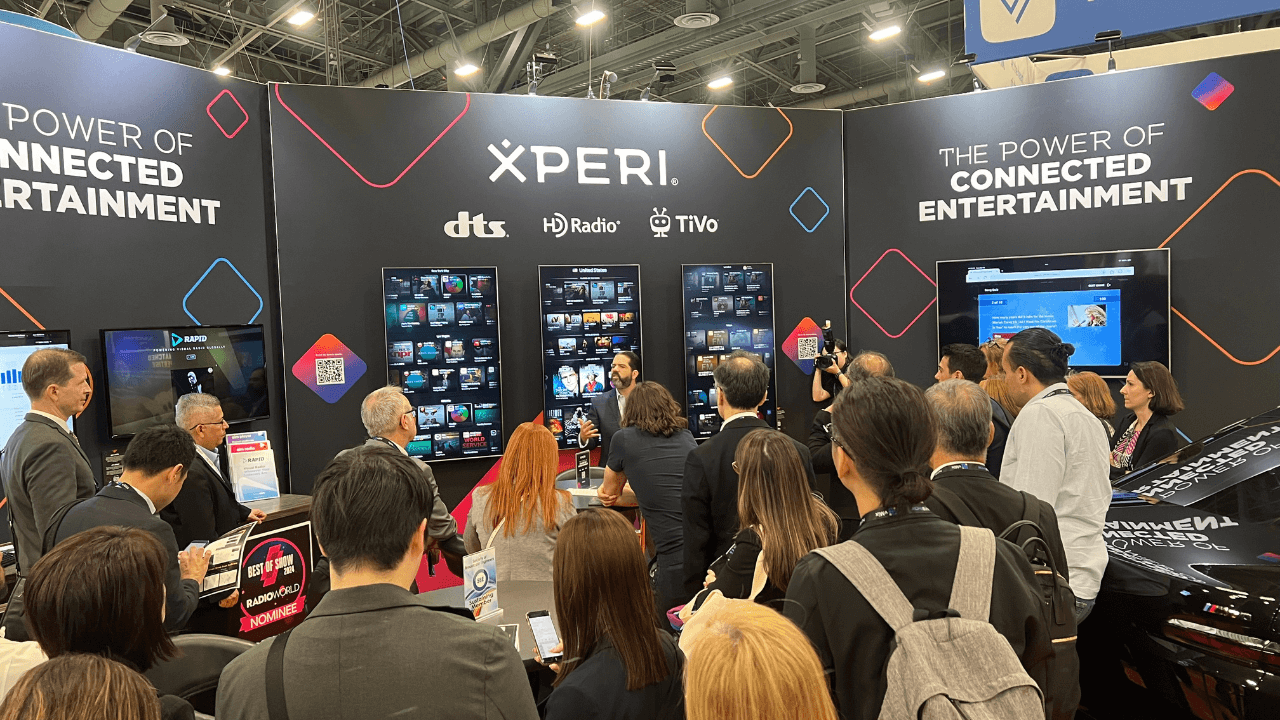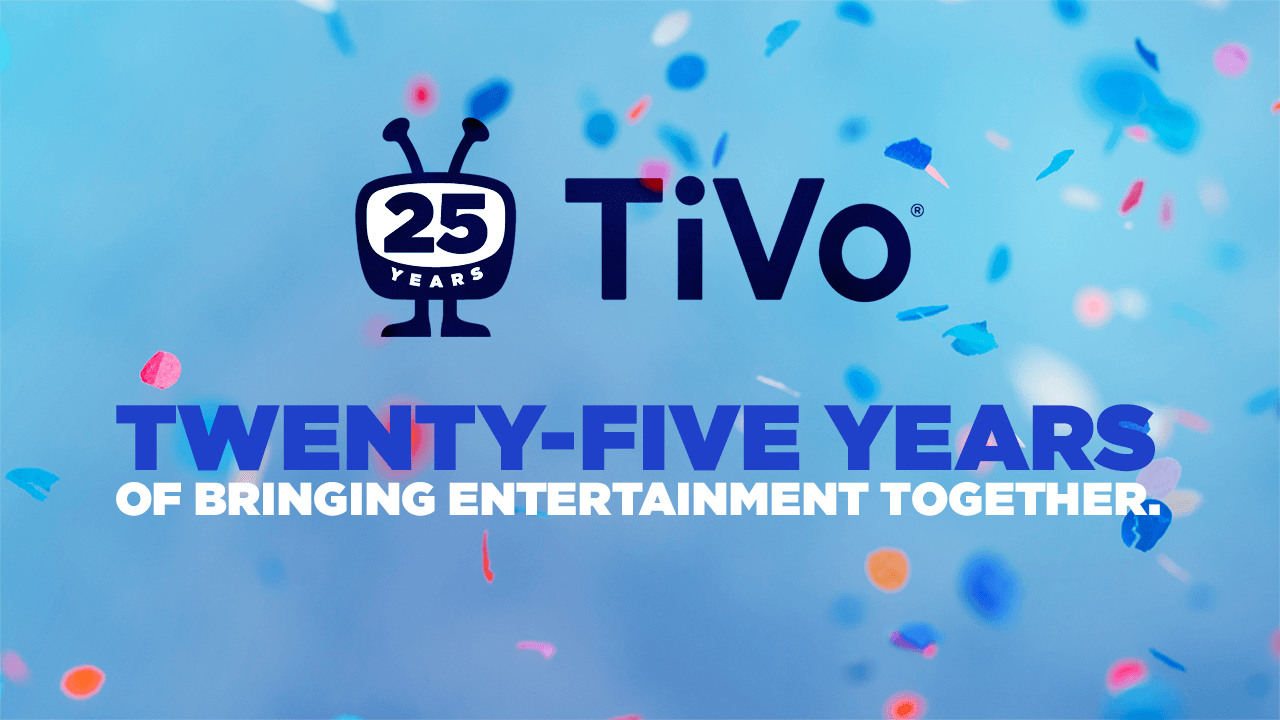Amid a broader landscape with layoffs in the technology sector and an uncertain economic period, 2023 for the entertainment industry was filled with advancements and setbacks. From innovations in audio and connected car solutions to long-lasting Hollywood strikes that have now thankfully concluded, the industry is not the same as we head into the New Year.
We’re fast on track for change in 2024, with the impact of AI reaching its early potential and a resurgence in new shows hitting the screen. As I think about where the industry will head next, there are three key trends I see leading the way as entertainment bleeds into every aspect of life:
- Consumers will never have to adjust their volume again due to AI;
- Geotargeting will be the next phase of improving in-car cockpit video entertainment systems;
- And video service bundles will re-emerge with personalized choice and greater pricing flexibility.
These changes are all tied together by one common desire among consumers: a simpler entertainment experience at home, on-the-go and in the car. Technology will continue to improve the consumer entertainment experience by streamlining and improving it.
Never Touch the Volume Control Again
AI was the hottest topic of 2023 with many questions about how it would impact every industry. As AI and machine learning are adopted more broadly, it will continue improving the at-home entertainment experience, including audio. What’s next for audio enhancement will make the viewing experience as easy as possible – taking away the need to ever touch the volume control.
As early as 2025, AI will be able to automatically adjust the volume without the user having to press a button. The smart TV and sound system will automatically know when to adjust the audio based on a variety of factors, including which user is watching on the TV, what show or movie is on, and the time of day. The AI in TVs will also know when to change the dialogue volume level based on these details.
So, when a viewer is watching Game of Thrones, the smart TV will turn up the dialogue, or when watching an F1 race at 8am in a household that has multiple young children, the volume will go down. While it may take time for the AI to learn household and individual viewer preferences, this technology will vastly improve the user experience and solve one of the most prevalent pain points for consumers.
Full Speed Ahead on In-Car Video Entertainment
As people are spending more time in their car, an increasing percentage of this time will be spent where driving isn’t the primary activity. From waiting to pick up kids at school to more future looking applications like autonomous driving, the time people spend in the car, and can consume video in the front seat, will only increase over the coming year, which is why auto manufacturers are investing in high quality screens in the cockpit of the car.
As more cars have better screens in the front row, with high quality audio throughout the car, they’ll be more enticed to enjoy the entertainment – both audio and video – from the comfort of their vehicle. Consumers will start to look for more innovations in their in-car entertainment and last year’s Third Space Report found that consumers, especially younger generations, are interested in better predictions of what type of entertainment they will want. Given this interest, the next foray with in-car cockpit video entertainment will be using geotargeting to provide content recommendations in 2024.
Using the car’s location, the in-car media platform will provide personalized recommendations for the driver based on where they are, the route they are taking and more. The car will know because it is 7:45am and the driver took a right on Main Street, that it is time to queue up the driver’s morning podcasts as that’s what is preferred on the work commute. Or it’ll pull up the latest episode of Selling Sunset when the driver is parked at their kid’s soccer practice. The in-car media platform will know what to play or which app to open just based on where they are.
Redefining Video Consumption: Personalized Service Bundles
As the video service industry continues to evolve in the years following the pandemic, it faces a unique challenge: balancing consumer fatigue from multiple subscriptions with their growing demand for diverse content. This scenario opens doors for innovative video service bundles to address evolving consumer needs.
The rise of ad-supported video services offering new choices, including Free Ad-Supported Streaming TV (FAST) channels, is reshaping consumer options. Simultaneously, subscription services are adopting smart bundling strategies to reduce churn rates and keep people onboard.
Broadband operators and media platforms are now uniquely positioned to create personalized service bundles – like what cable providers did in their heyday. In 2024, the industry will start to see an increase in bundles that blend free, ad-supported content with premium, subscription-based offerings, tailored to individual household preferences. This approach will not only cater to varied entertainment needs but also offer a cost-effective, customized viewing experience. These personalized bundles will transform media consumption, aligning it more closely with individual lifestyles and choices.
Through all the changes and steps forward that will be made in the entertainment industry next year and in all years to come, what is most prevalent is the need for a simpler and more personalized experience. No matter where people are consuming video or audio, entertainment technology companies will need to step up to create better, smarter solutions that meet and stay one step ahead of people’s needs and desires.
Stay up to date on the latest technology and insights from DTS here.



